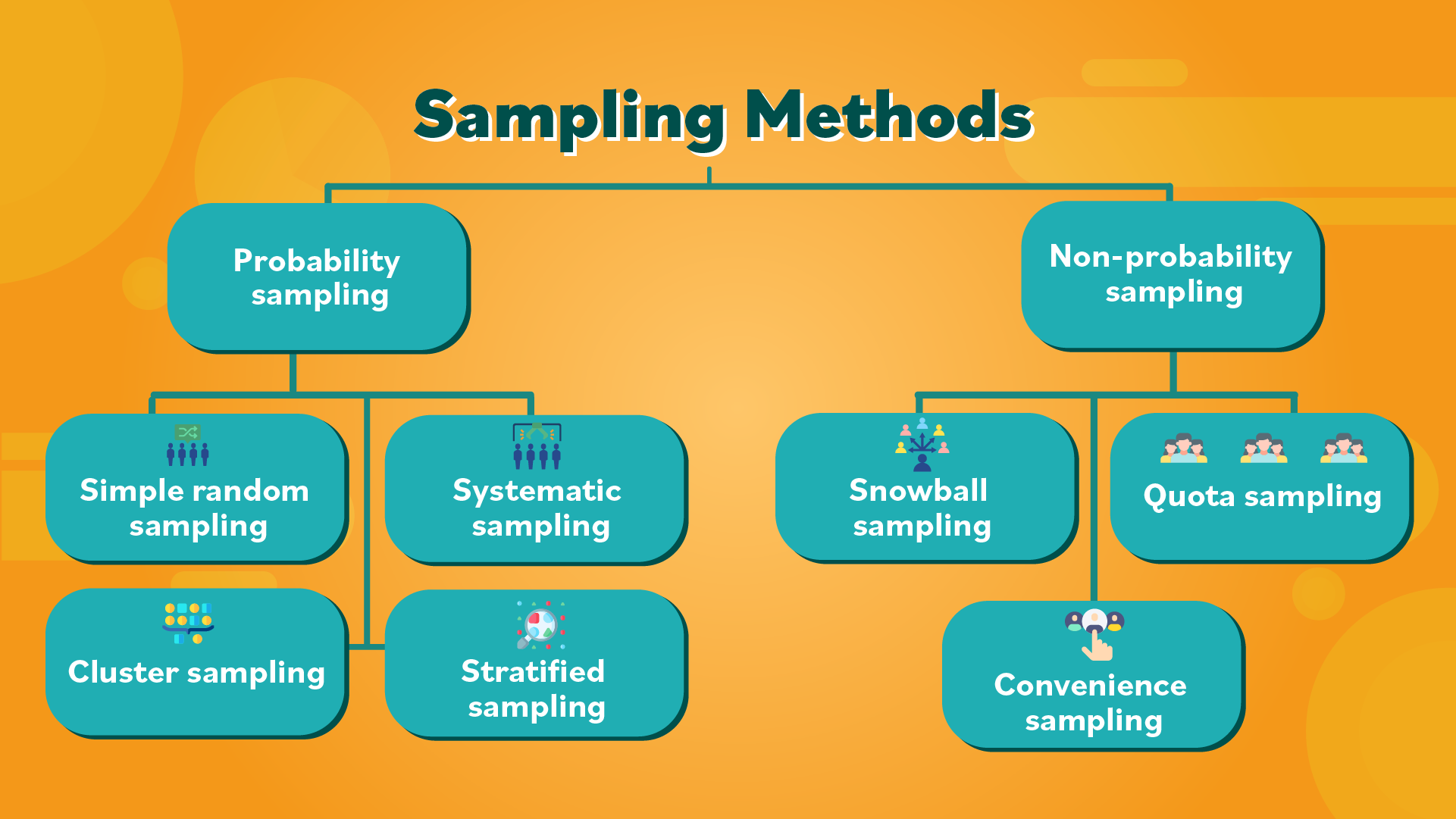Understanding the Offering Memorandum (OM) in Real Estate: Essential Guide for Investors and Sellers
Introduction to the Offering Memorandum (OM) in Real Estate
The Offering Memorandum (OM) is a cornerstone document in commercial real estate transactions, designed to provide a comprehensive overview of a property for sale. Whether you’re an investor, seller, broker, or lender, understanding the OM can streamline your decision-making process and enhance your investment outcomes. This guide explores what an OM is, why it’s essential, and how to leverage its contents for maximum advantage.
What is an OM in Real Estate?
An Offering Memorandum is a detailed marketing document that summarizes all critical aspects of a commercial property listing. Typically spanning from 10 to over 100 pages, the OM includes property details, financial performance, market analysis, and disclosures about risks or special conditions. It is primarily used in private commercial real estate marketing, facilitating informed investment and acquisition decisions by presenting verified and confidential data [1] , [2] .
Key Components of an OM
Every OM is structured to deliver actionable insights about a property. The following sections are commonly included:

Source: stock.adobe.com
1. Property Description
This section covers the building’s size, location, layout, zoning, and amenities. It may also include the property’s history, such as construction dates, renovations, and any notable events. A thorough description helps buyers and investors understand the physical attributes and potential uses of the property [4] .
2. Market Analysis
The OM presents demographic and economic data about the area, including population trends, employment statistics, and nearby developments. This information helps assess the location’s attractiveness and growth prospects. Market analysis can reveal local competition, rental rates, and occupancy trends, supporting a realistic evaluation of the property’s future performance.
3. Financial Information
This section is typically confidential and may require signing a Non-Disclosure Agreement (NDA) or confidentiality agreement before review. Financials include historical income statements, balance sheets, pro forma projections, rent rolls, and expense summaries. These details give investors a clear picture of the property’s financial health, cash flow potential, and expected returns [1] , [2] , [3] .
4. Management and Sponsor Profiles
Many OMs include biographies of the management team or investment company behind the property. This section establishes credibility and trust by showcasing expertise, experience, and past performance in similar projects.
5. Terms and Conditions
The OM outlines the transaction structure, including required capital, participation criteria, timelines, and any legal or regulatory disclosures. It may also detail risks, such as market volatility, tenant stability, or legal encumbrances.
Why is the OM Important in Real Estate?
The OM serves several vital functions for both sellers and investors:
- Transparency: By centralizing all relevant property data and analysis, the OM reduces information asymmetry and builds trust between parties.
- Efficiency: Investors can quickly evaluate opportunities without requesting multiple documents from different sources, streamlining the due diligence process.
- Confidentiality: Sensitive financial and competitive data are protected, usually shared only after a signed NDA, safeguarding both seller and buyer interests.
- Marketing: A professionally prepared OM enhances a property’s appeal, helping brokers target serious buyers and control the deal funnel [1] .
How to Access and Use an OM
If you are interested in a commercial property, here are the steps to access and utilize an OM:
- Contact the listing broker or seller directly to express your interest in the property.
- Be prepared to sign a confidentiality agreement or NDA to receive the OM. This protects sensitive information and demonstrates your seriousness as a potential buyer or investor.
- Review the OM thoroughly. Focus on property details, financials, market analysis, and any disclosed risks or conditions.
- Use the OM to compare properties, validate pricing, project cash flows, and assess the investment’s fit with your goals.
- If you require expert guidance, consider consulting a commercial real estate attorney, broker, or investment advisor to interpret complex sections or identify red flags.
Examples and Case Studies
For instance, a multifamily property OM might include historical occupancy rates, rent growth trends, and renovation costs, allowing investors to estimate future net operating income and value-add potential. An office building OM would feature tenant lease summaries, maintenance records, and local market vacancy rates, helping buyers predict stability and long-term returns [4] , [3] .
Challenges and Solutions
Accessing an OM can be challenging if you are new to commercial real estate or lack established broker relationships. Some properties are marketed via exclusive broker networks, requiring persistence and professional outreach. If you cannot obtain an OM directly, consider:

Source: hinduamerican.org
- Networking with commercial real estate brokers or joining investment groups.
- Searching for listings on reputable platforms like CREXi, LoopNet, or contacting local commercial brokerages (verify official company websites before contacting).
- Requesting sample OMs to understand industry standards and prepare for formal negotiations.
Remember, never share or distribute confidential OM materials without permission, as doing so may violate NDAs and jeopardize future opportunities.
Alternative Approaches to Property Evaluation
While the OM is the industry standard for large commercial deals, smaller properties may be marketed with simpler broker packages or listing summaries. In such cases, request the most detailed documentation available, including rent rolls, expense statements, and market comps. For off-market deals, sellers may provide custom summaries upon request, though these may lack the rigor of a formal OM.
Key Takeaways
The Offering Memorandum (OM) is a foundational resource in commercial real estate transactions, offering a detailed, confidential, and actionable profile of a property. Mastering its use can empower both investors and sellers to make better decisions, mitigate risks, and maximize returns. When seeking an OM, always verify the broker or seller’s credentials, review all documentation carefully, and consult professionals as needed for interpretation and strategy.
References
MORE FROM couponito.com













